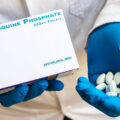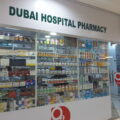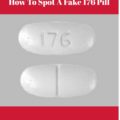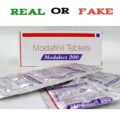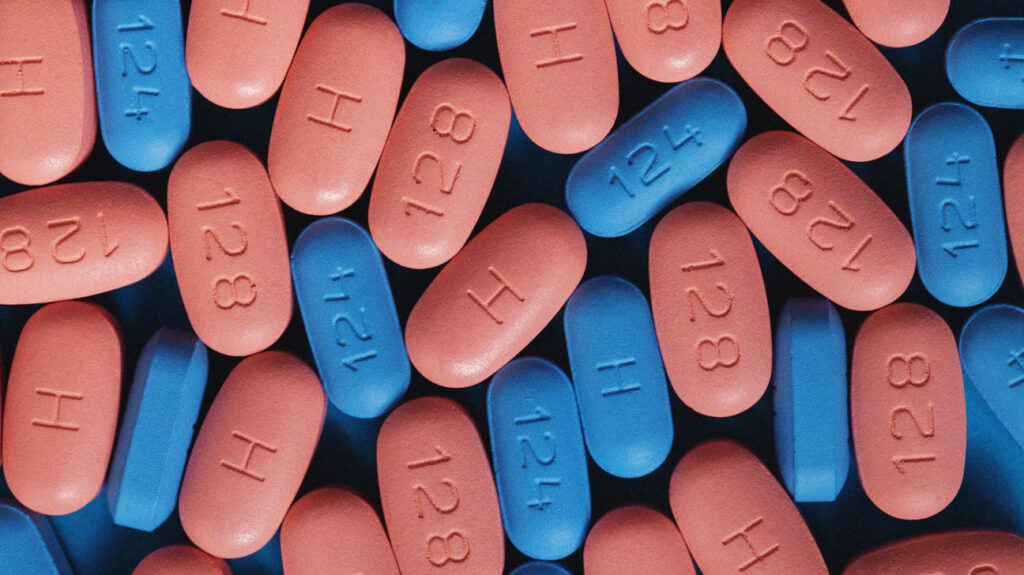
HIV Medicines are recommended for everyone with HIV. Antiretroviral medicines work by stopping the virus replicating in the body. This allows the immune system to repair itself and prevent further damage. A combination of HIV drugs is used because HIV can quickly adapt and become resistant. Some HIV treatments have been combined into a single pill, known as a fixed dose combination, although these often cost more to prescribe.
Mortality from HIV disease has been among the leading causes of death in many countries since 1997. In the US, the age-adjusted death rate for HIV disease peaked in 1995 at 16.3 per 100,000 population, decreased 69.9% through 1998, then further decreased 30.2% from 1999 through 2007, to 3.7 per 100,000 population. HIV medicines have been used over the last two decade to significantly reduce the rate of morbidity and mortality related to the disease.
However, the recent reports of fake HIV medicines is about to erode every single progress that has been made. According to Partnership for Safe Medicines, three different counterfeit HIV medications have been found in U.S. pharmacies in less than eight months:
- In August 2021, Gilead Sciences warned that counterfeits of two of its HIV medications had been discovered.
- In December 2020, Janssen Pharmaceuticals warned that counterfeit Symtuza had made its way into multiple U.S. pharmacies.
All three of these medications are specialty drugs, which means there are a very limited number of authorized distributors. The authorized distributors for Biktarvy and Descovy can be found here, and the authorized distributors for Symtuza can be found here. Purchasing medication from unauthorized wholesalers and distributors puts your patients at risk. According to a report published by the World Health Organization, one in ten medical products circulating in low- and middle-income countries are estimated to be either substandard or falsified, endangering the lives of millions.
Here are some ways in which you can ascertain drug authenticity:
Check the seal
The security seal, especially in bottled medicines, should not be damaged or tampered. Look for a crack or break in the sealing tape before making the purchase. If you feel it is broken or tampered, do not buy it.
Check the packaging
This is perhaps the simplest method. If it is a medicine you have purchased previously, look at the font, spellings, and the color. Most often, one or all of these are wrong in a fake medicine.
Visual inspection of medicines
As stated by the World Health Organization, the common physical attributes that need to be looked up in medicine tablets are:
- Small pieces of tablets or excessive powder at the bottom of the medicine container;
- Cracks in the tablets;
- The appearance of crystals on the container walls or the medicine tablets;
- Softening or hardening of the medicines;
- Swelling, spots or discoloration of the tablets
Price
If there is a sudden dip in the price of the medicines, then be sure to double-check. The chances in such a case can mean that it is a spurious drug. Medicines are usually manufactured in comparatively the same manner; hence, changes in the pricing of one brand can greatly affect all other pharmaceutical companies. So beware!
Unexpected side-effects or allergies
The immediate impact that counterfeit drugs can have on us is an allergic reaction or a sudden unexpected side-effect. The spurious drugs may contain incorrect substances, improper dosage or hazardous substances, which do not elicit any therapeutic effect. If you experience any unforeseen side-effects, stop consuming the medicine immediately and check with your doctor.

